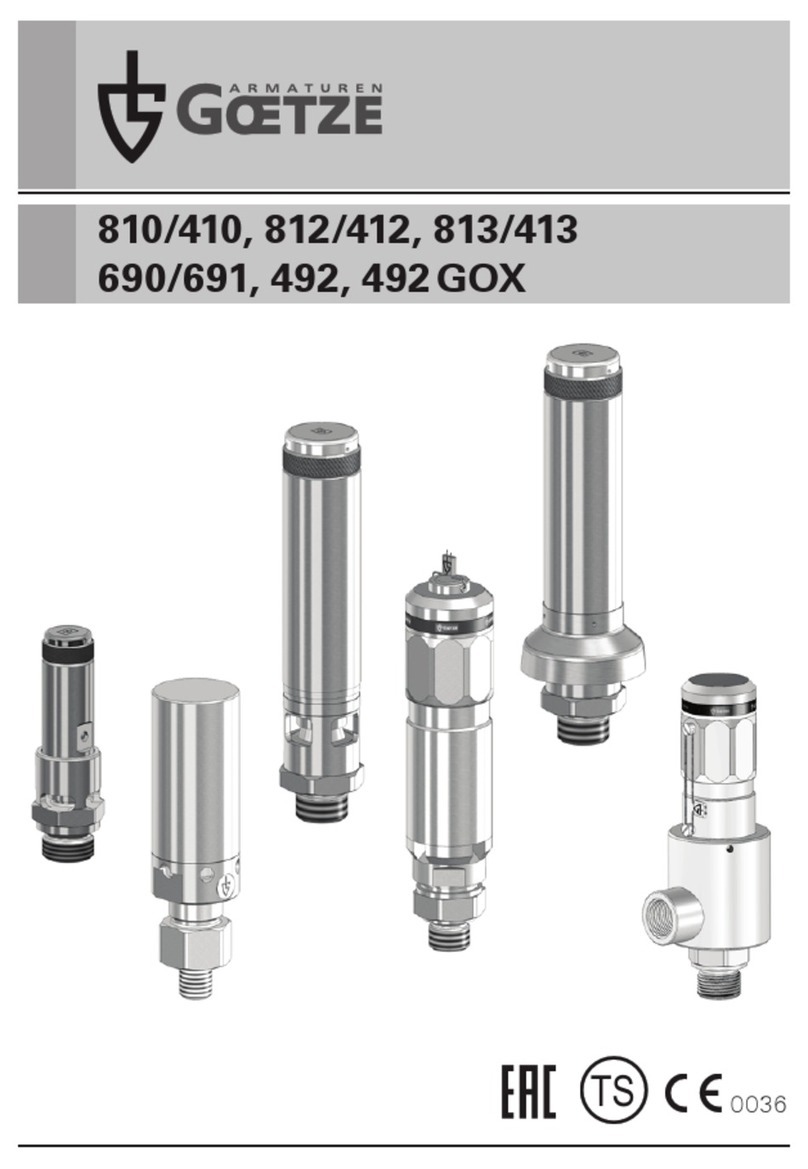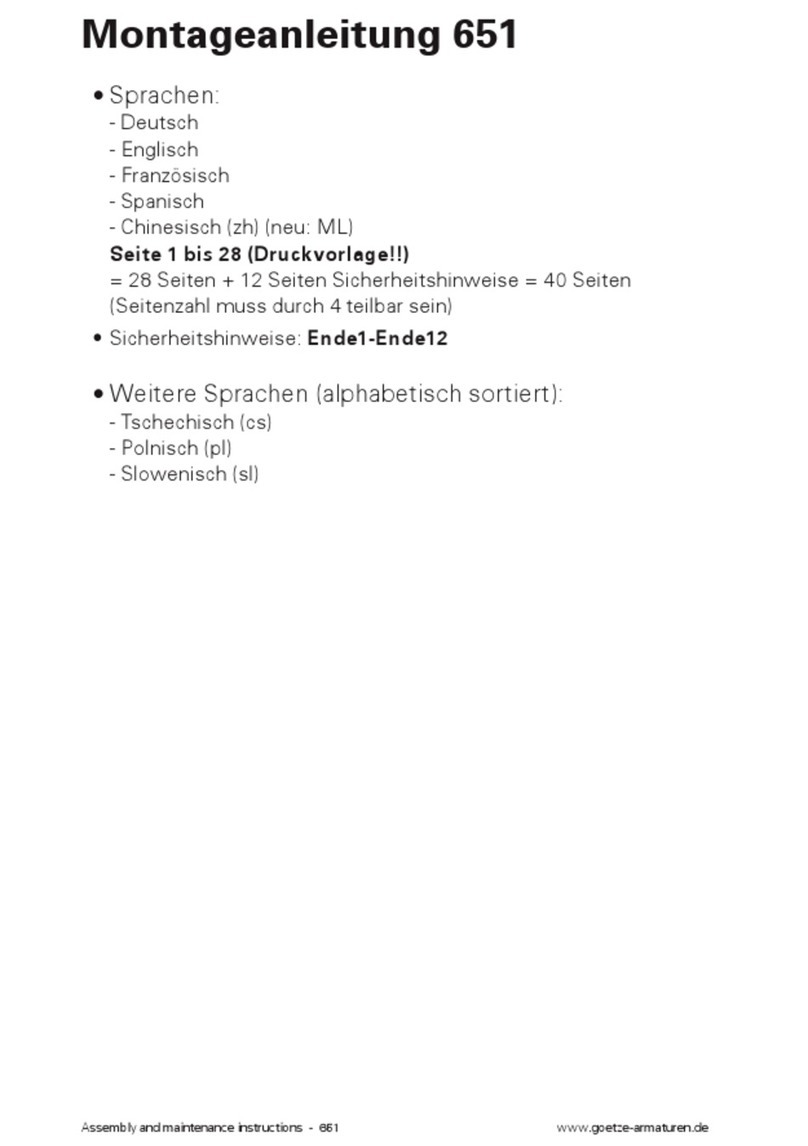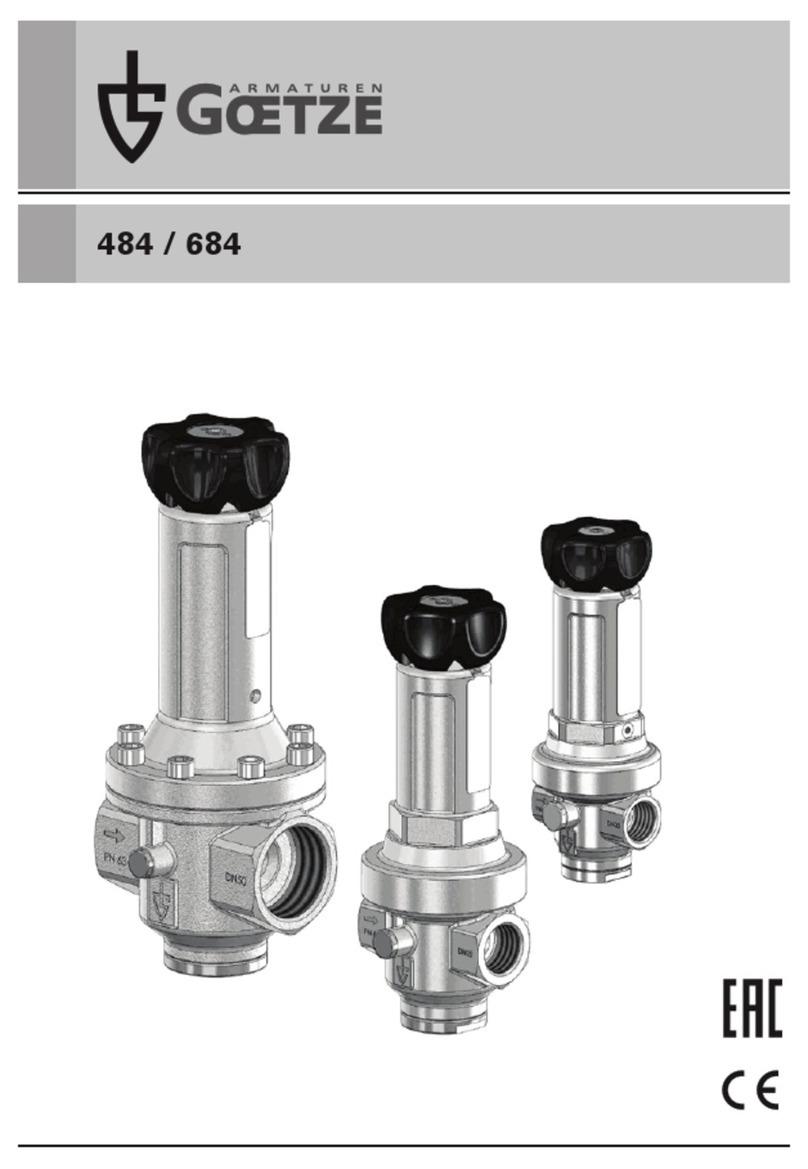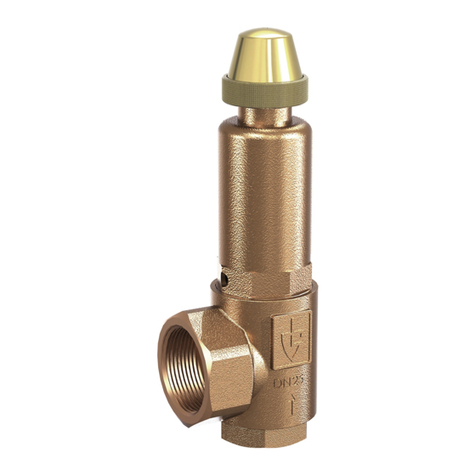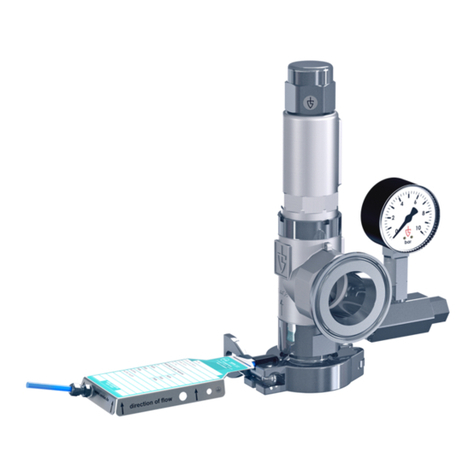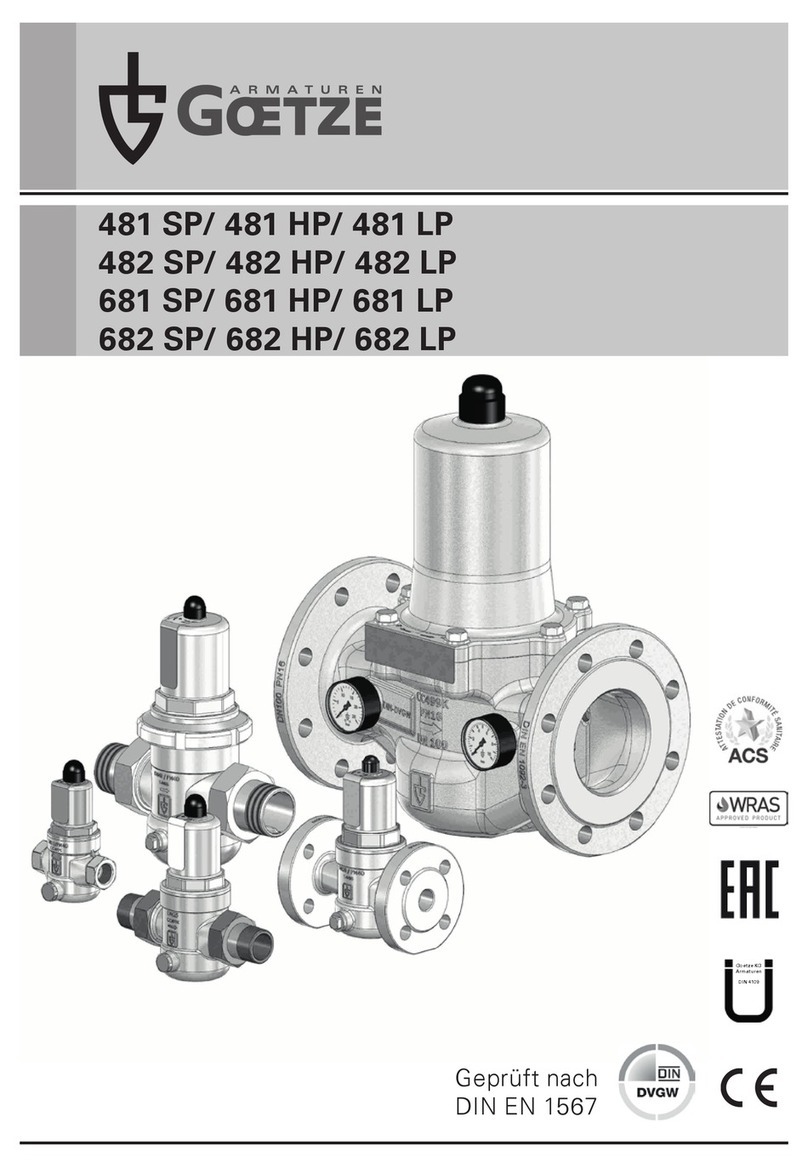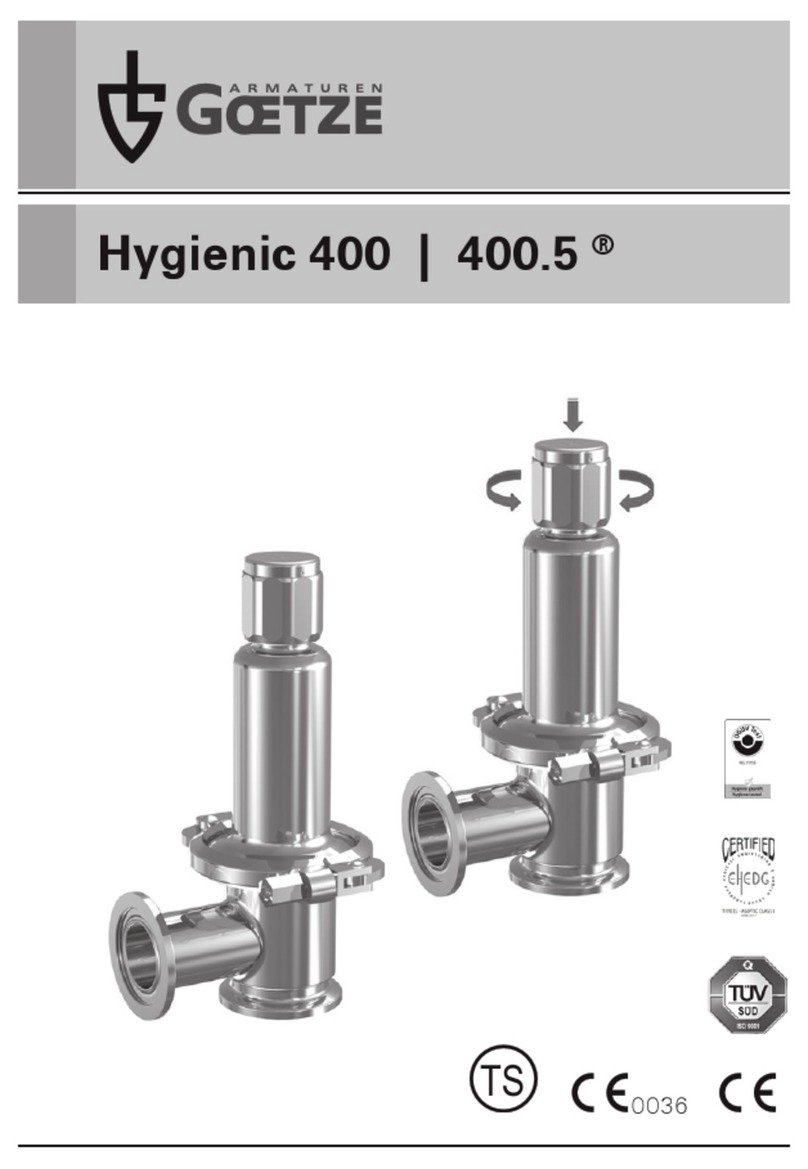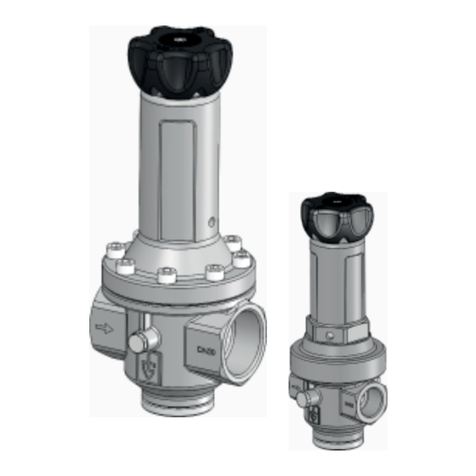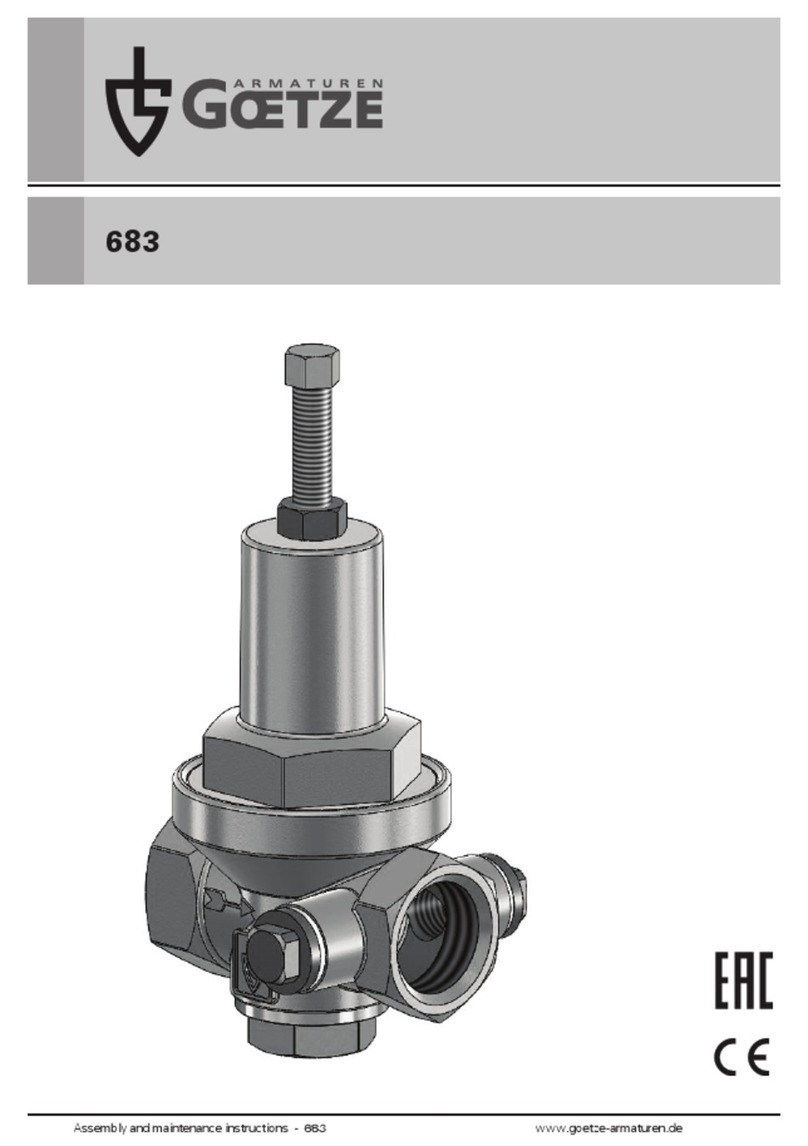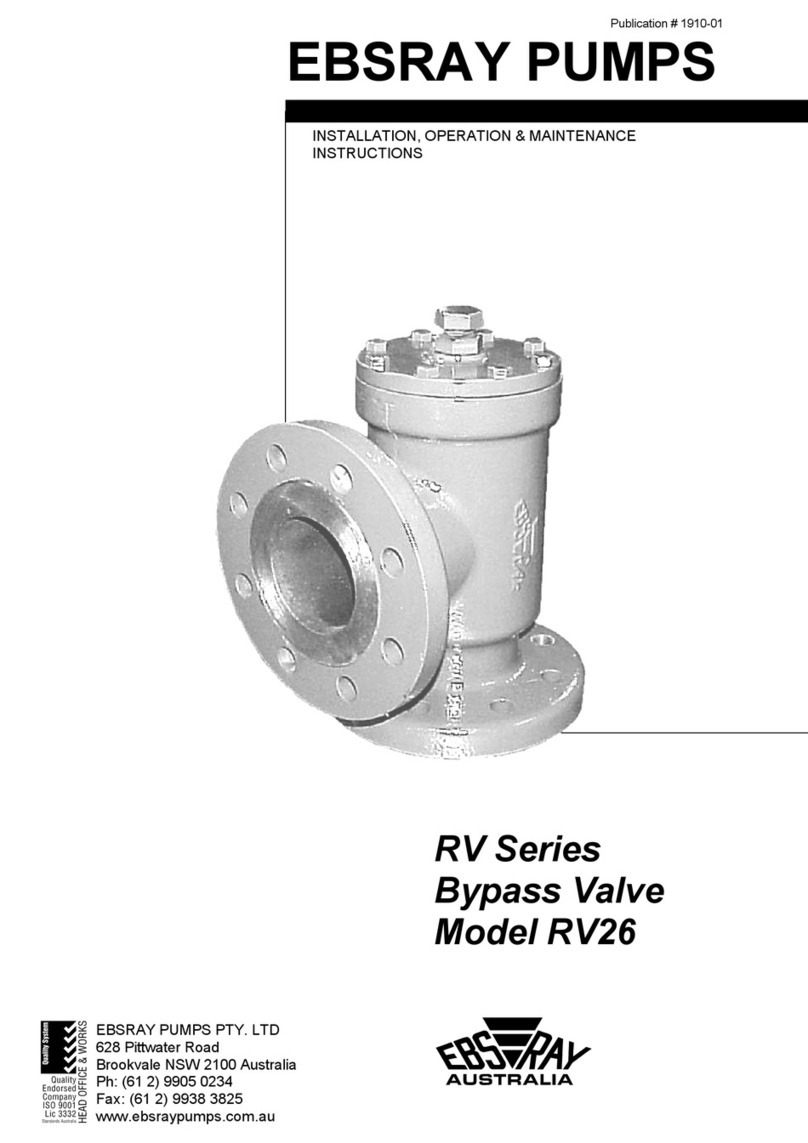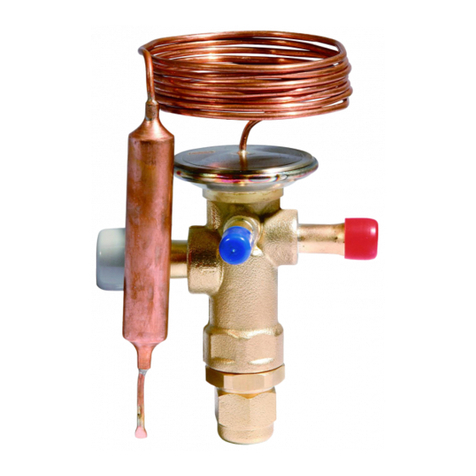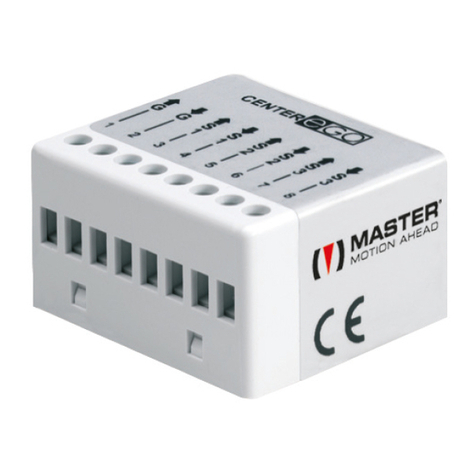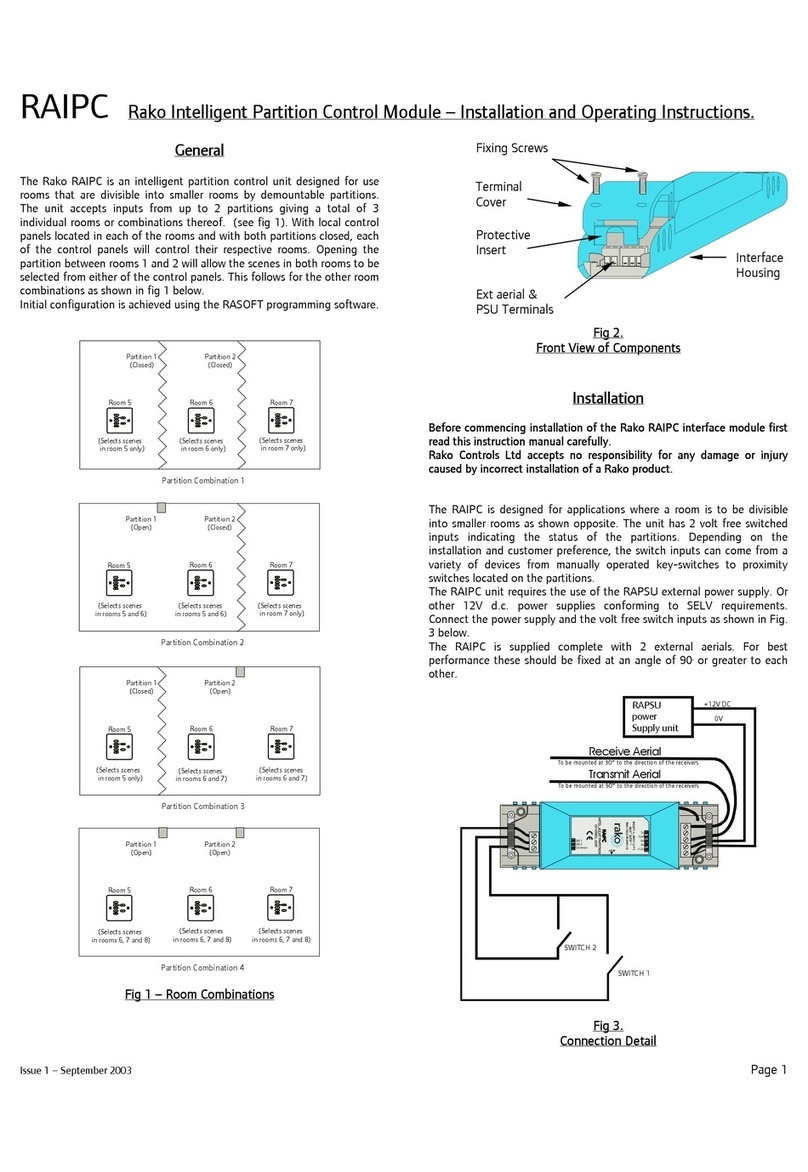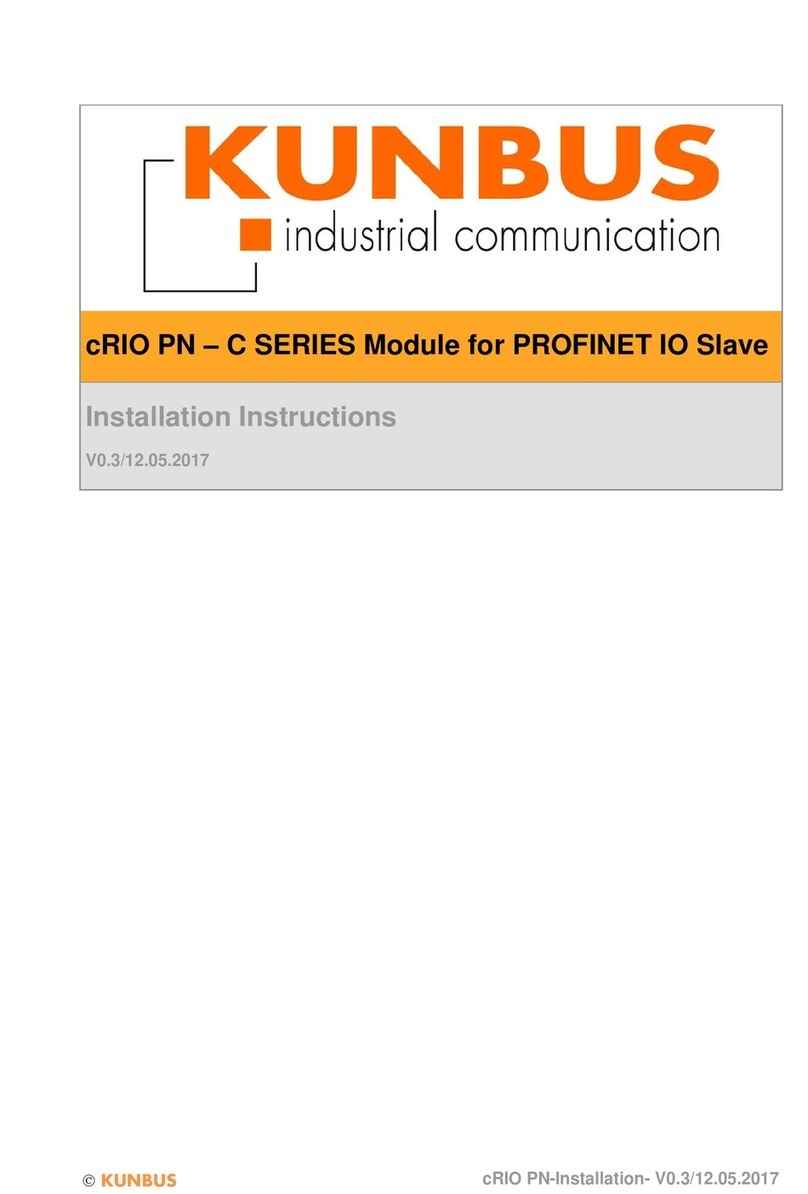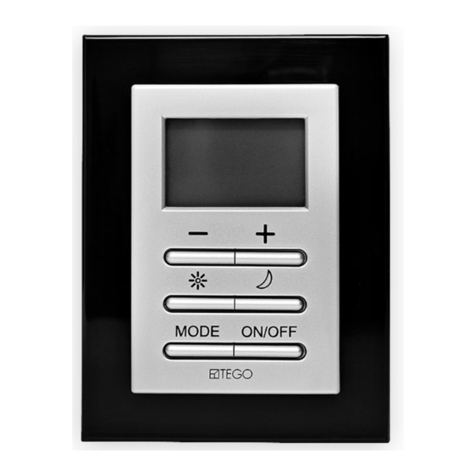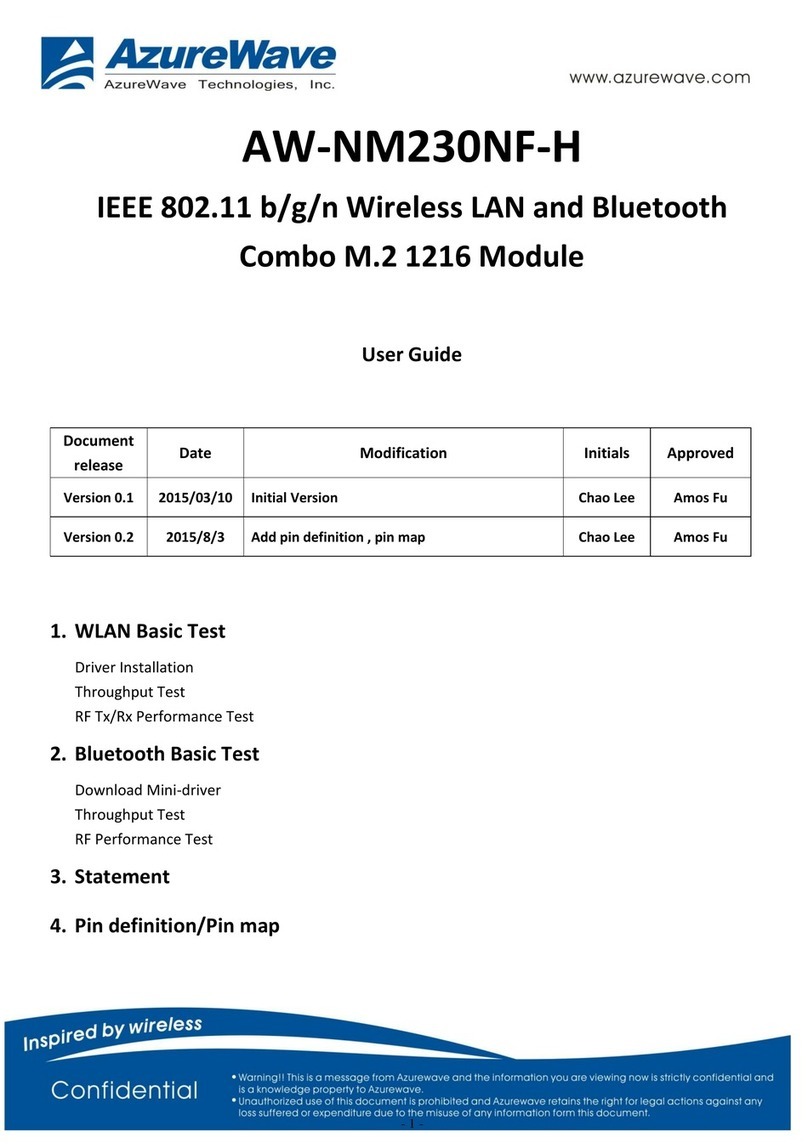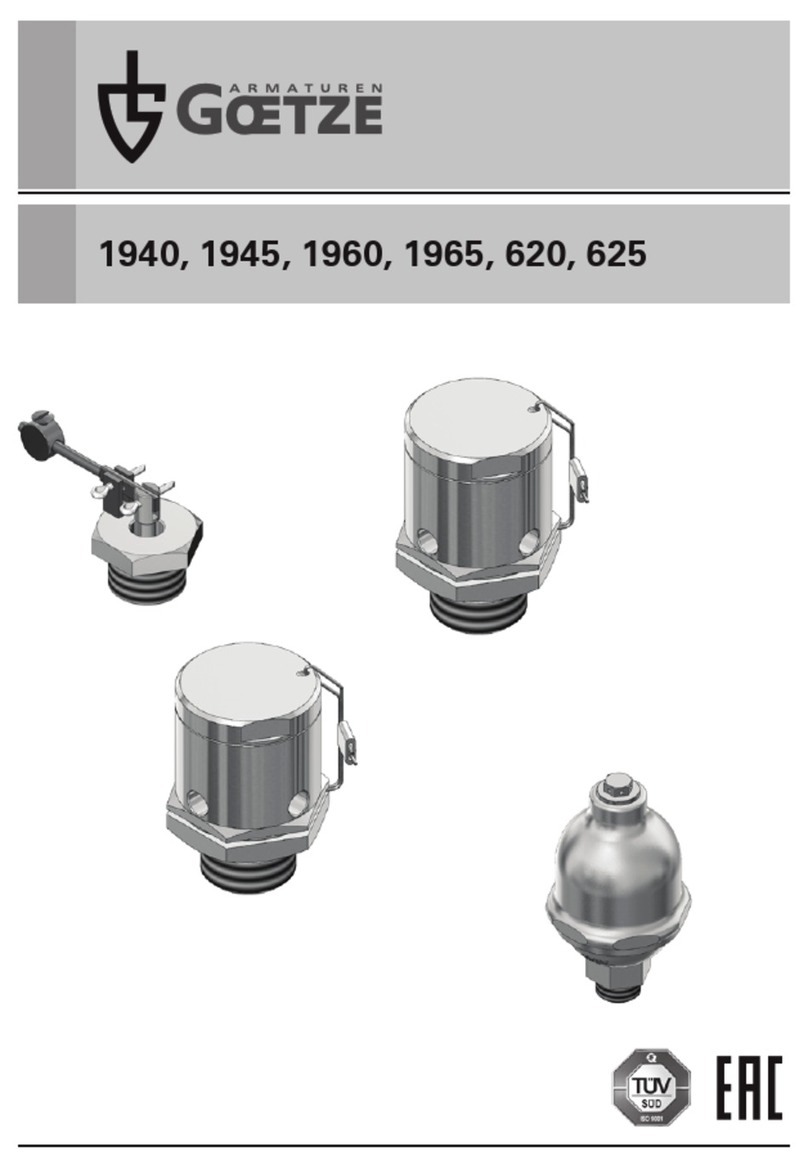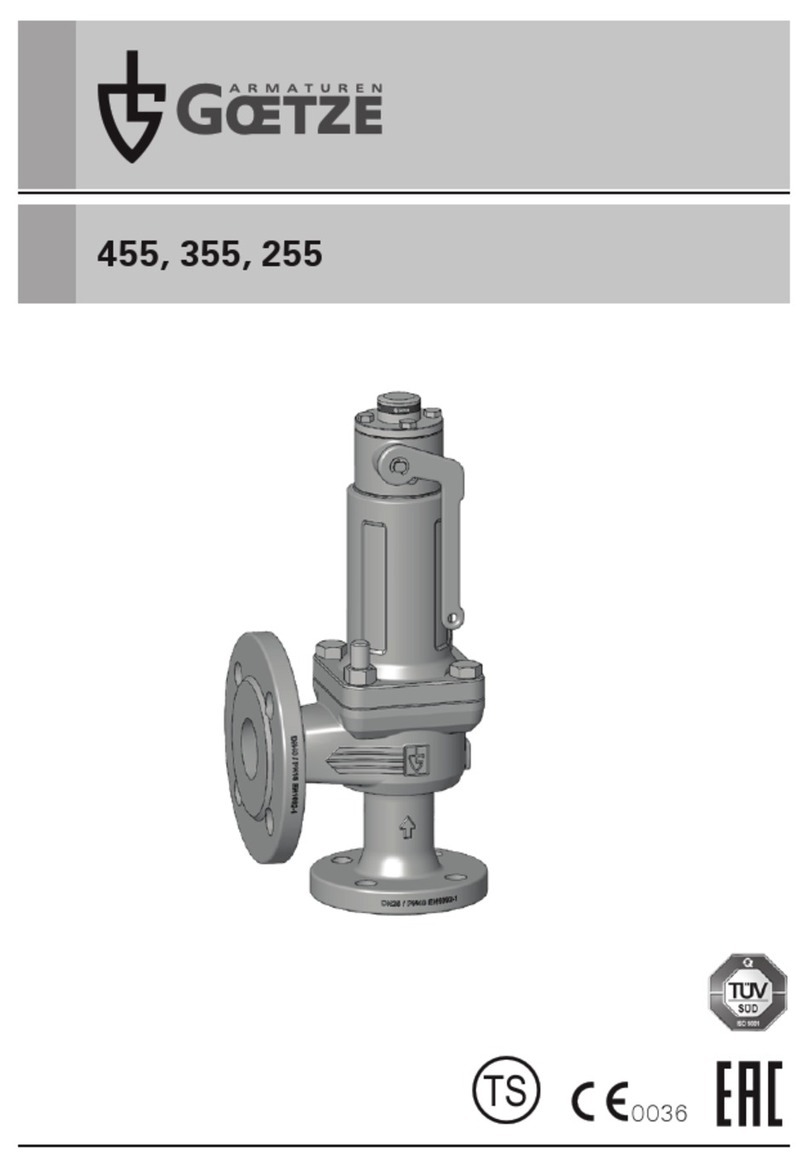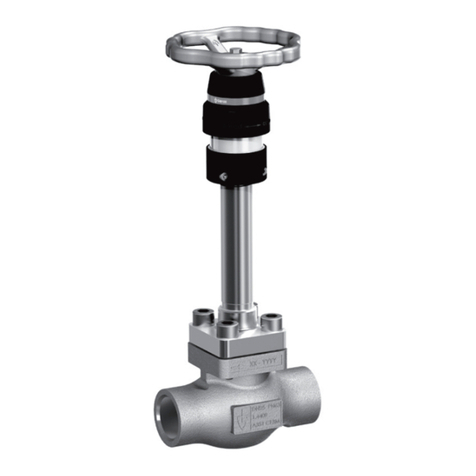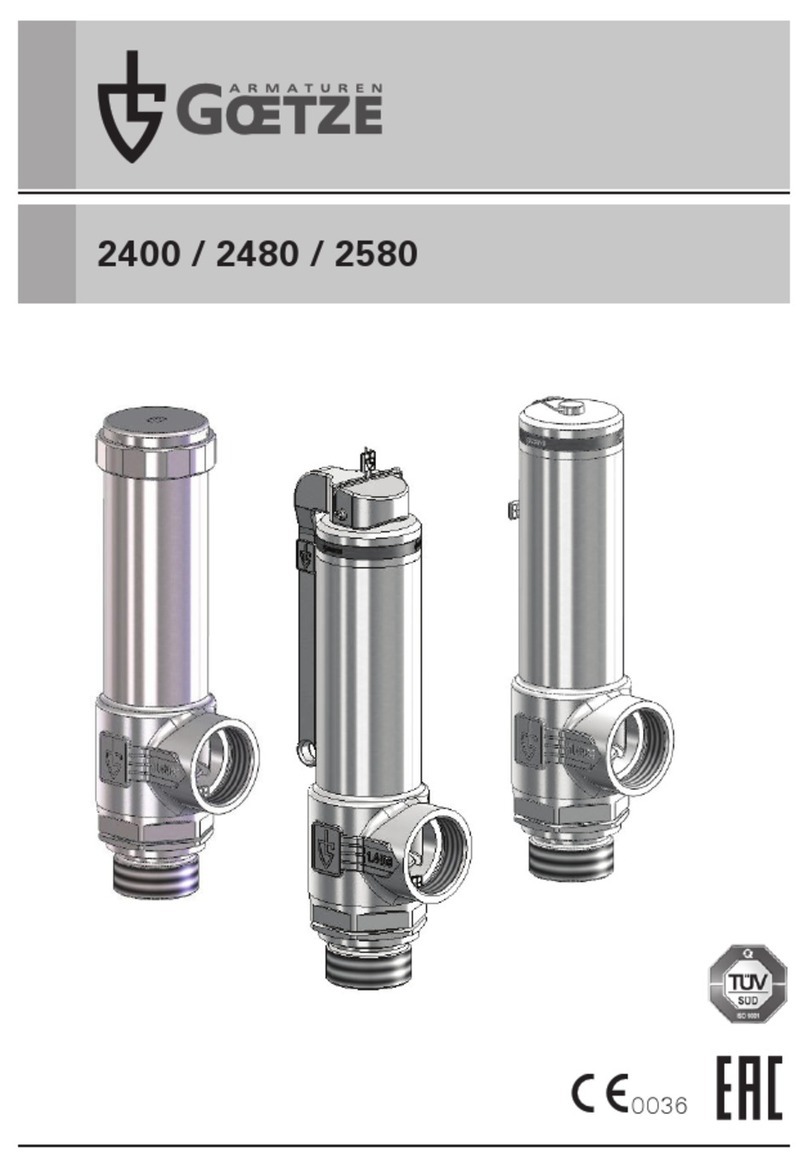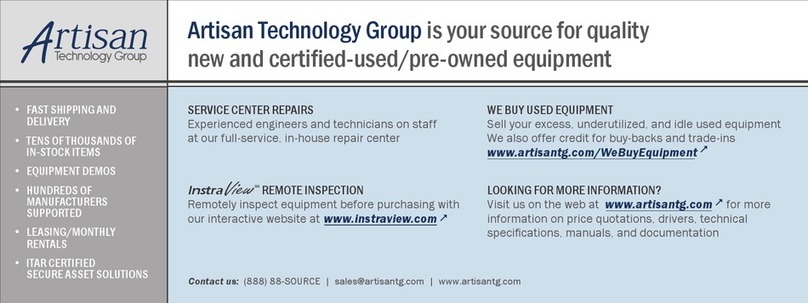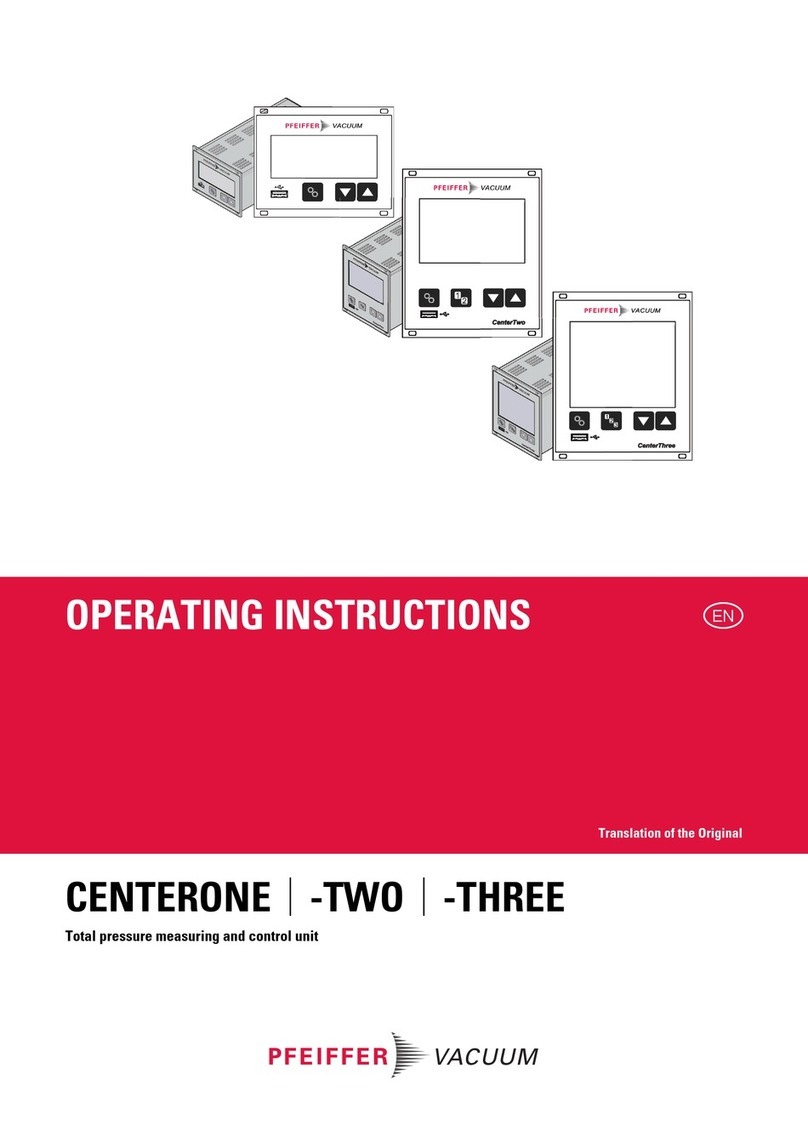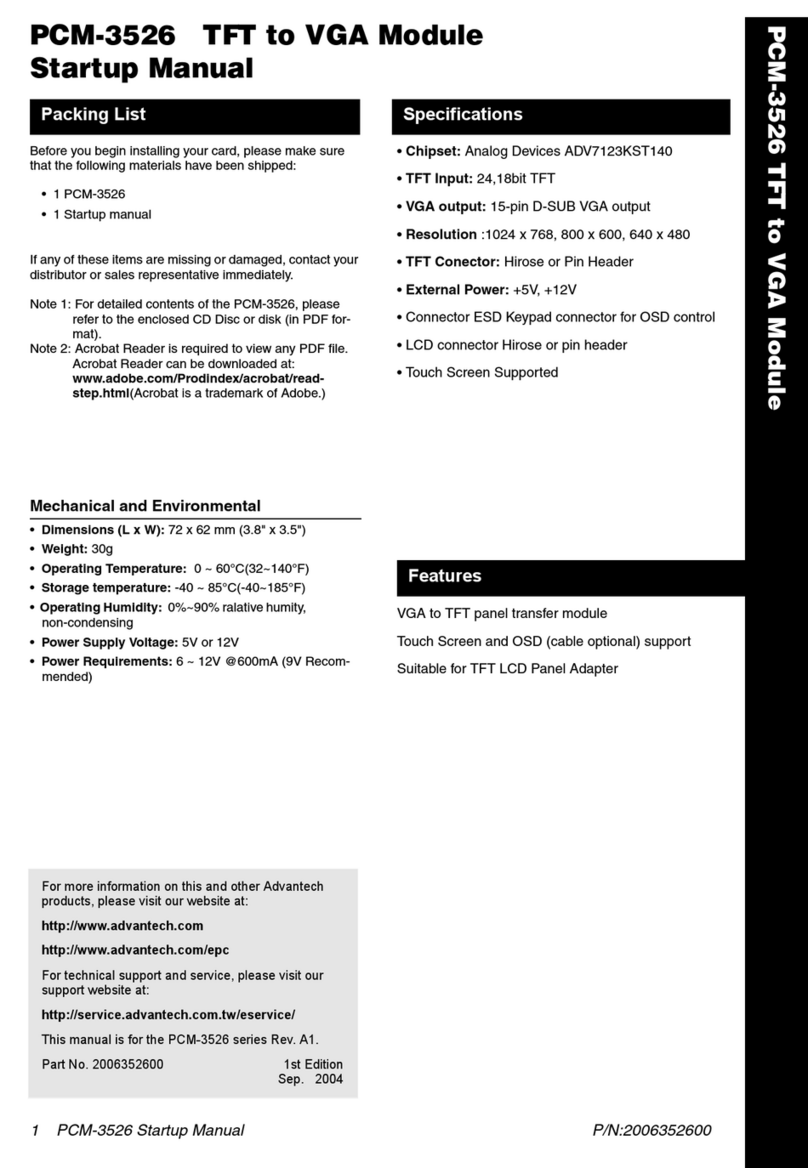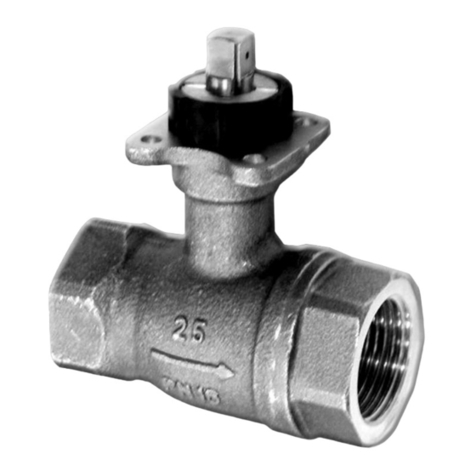
www.goetze-armaturen.deAssembly and maintenance instructions - 4000
Um einen gleichbleibenden hygienischen Status während der gesamten Betriebs-
dauer des Ventils zu gewährleisten, sind innerhalb festgelegter Zeitabstände
Reinigungs- und ggf. Desinfektionsarbeiten durchzuführen. Die Häufigkeit der
durchzuführenden Aufgaben ist vom Betreiber anhand der Hygienestandards und
der Sensibilität der verarbeiteten Produkte, sowie der Betriebs- und Umgebungs-
bedingungen festzulegen und ist in den betriebsspezifischen Reinigungs- und /
oder Desinfektionsplan zu integrieren. Die Armatur ist nach den branchenüblichen
Verfahren und mit den dafür nötigen Reinigungsmitteln zu reinigen. Die Bestän-
digkeit der metallischen und nichtmetallischen Materialien des Ventils ist bei der
Auswahl des Reinigungs- und Desinfektionsmittels zu berücksichtigen und mit dem
Herstellerwerk abzustimmen.
Die Anlüftung des Ventils zum Zweck der CIP- oder SIP-Reinigung ist nur in Ausfüh-
rung tGFP mit pneumatischer Anlüftung oder tGFL mit Hebel Anlüftung möglich.
Bei der Ausführung mit pneumatischer Anlüftung wird das Sicherheitsventil
mittels Druckluftbeaufschlagung des Pneumatik Zylinders (Abb. a) in Offenstellung
gefahren, so dass der Ventilkegel von Reinigungsmittel, bzw. Sterilisationsdampf
umströmt werden kann. Bei geschlossenem Ventil ist die Sitz-Kegel Dichtung nicht
reinigbar, bzw. sterilisierbar. Zusätzlich zur CIP- SIP-Reinigung ist es möglich das
Ventil zu Reinigungszwecken teilweise zu demontieren. Hierzu kann nach Herstel-
lung des drucklosen Zustands, die Ventilklammer der Verbindungsstelle Gehäuse
und Federhaube gelöst werden (Abb. b bis Abb. d). Anschließend kann das komplet-
te Ventiloberteil aus dem Gehäuse herausgezogen werden. Sollte das Ventiloberteil
zu fest im Gehäuse sitzen, so ist es ggf. nötig mit Hilfe eines Schraubenziehers,
oder eines anderen geeigneten spitzen Gegenstandes das Ventiloberteil vorsichtig
aus dem Gehäuse herauszulösen (Abb. f).
Die Ventilkegelbaugruppe ist mit Hilfe eines Zylinderstiftes mit der Ventilspindel ver-
bunden. Zu Reinigungszwecken ist es möglich diese vom Ventiloberteil zu trennen.
Hierzu den O-Ring nach oben schieben, wodurch der Zylinderstift freigelegt wird.
Anschließend kann der locker sitzende Zylinderstift durch vorsichtiges Rütteln
entfernt werden. (Abb. g)
Achtung, in der Ventilkegelbaugruppe ist eine lose Kugel (Abb. h, Teil 6) verbaut,
welche während des Demontagevorgangs gegen Verlieren gesichert werden muss.
Um die Membrane, und / oder den Ventilkegel Dichtring zu tauschen, ist es möglich
6Reinigung der Armatur
bedürfen Sicherheitsventile einer regelmäßigen und wiederkehrenden Wartung.
Die Wartungsintervalle sind entsprechend den Einsatzbedingungen vom Betreiber
festzulegen. Bei Verwendung mit Lebensmitteln sowie anderen sensiblen Gütern,
sollte das Ventil regelmäßig (z.B. mehrmals pro Schicht) dahingehend überprüft
werden, ob es geöffnet bzw. angesprochen hat und ob das Produkt durch das Ventil
ausgeflossen ist. In diesem Fall muss spätestens beim nächten Reinigungsintervall
das Ventil eingehend gereinigt werden (siehe Kapitel 6 Reinigung der Armatur).




















